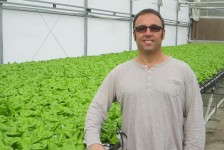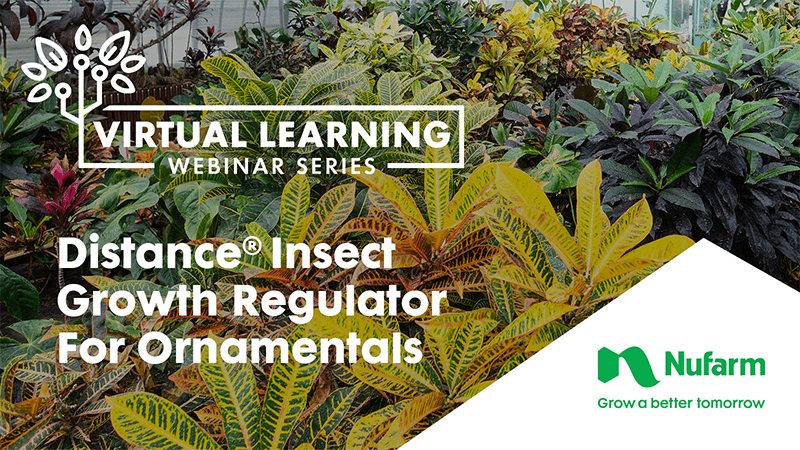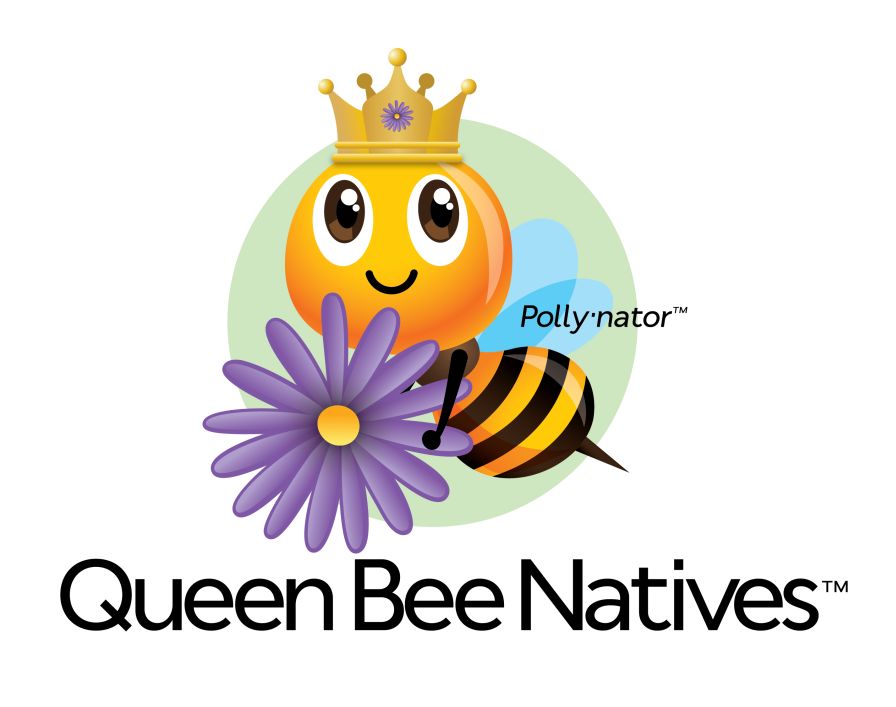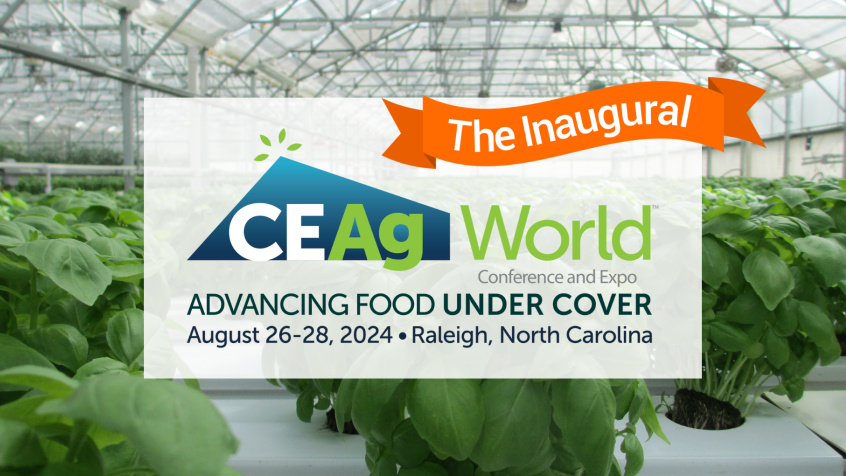Bella Verdi Farms Focuses On Efficient Greenhouse Vegetable Production

Darrell Joseph, owner of Bella Verdi Farms, in Austin, Texas, is seldom satisfied with the way he grows his lettuce, microgreens and herb crops. Since starting the business in 2004, he has constantly looked for ways to increase production in his 13,000-square-foot greenhouse and the 1,000 square feet of indoor controlled-environment space he operates.
“I always try to be more efficient,” Joseph says. “Right now we are growing the same amount of microgreens in 4,000 square feet of space that we used to grow in 9,000 square feet. That’s just a matter of learning and figuring out how to do more with less. We took the existing space and converted it into something that is more efficient.”
Joseph was involved with semiconductor manufacturing for 20 years and applies the principles from that industry to his growing operation.
“Process-driven, very clean, solid technology, repeatable processes — it is my nature to do things that way,” he says. “Our objective is to produce as much as possible. High quality, clean and safe food is still the primary goal for our products. But beyond that we want to be able to produce as much as we can in as small a space as we can, using as few resources as we can.”
Improving Production Efficiency
Joseph has developed a unique reputation among greenhouse vegetable growers for his willingness to try new production methods and to identify more efficient ways of growing.
“I do consulting with other growers from around the country. I have become known to some as ‘The Mad Scientist,’ because I tinker and play with different things to see what will work,” he says. “Some of the things I have done with microgreens have enabled us to become much more efficient.”
When Joseph began his business he grew all of his crops in perlite.
“I was looking for a cleaner, less labor-intensive and environmentally friendly growing substrate,” he says. “I came across the MagniMoist pot liners and started tinkering with growing on them. I contacted David Henson at Think Mint Inc., the manufacturer of the liners, and worked with him to manufacture a MagniMoist germination pad for us to grow on. The 100 percent kenaf fiber pads fit standard 1020 flats. The microgreens are grown on the pads, which can be discarded when the crop is finished. We have composted some of the used pads and have even tried burning them, because they burn very clean. We have even sown grass seed on the used pads and planted them like sod. Think Mint is working to make the pad completely biodegradable.”
Joseph now uses the MagniMoist germination pads for the production of baby greens. He has also looked at growing lettuce and some herbs in kenaf plugs.
Expanding Product Mix And Volume
When Joseph started Bella Verdi Farms he grew microgreens in a hybrid production system he designed himself.
“When the economy started to tank in 2008, I believed I needed to grow something in addition to microgreens,” he says. “They are such a high-dollar crop that I didn’t think it was going to do well in the recession. That’s when we started to grow lettuce, which was a more approachable crop by more customers. We found that to be exactly the case.”
When he added lettuce in 2008, Joseph chose a nutrient film technique production system supplied by American Hydroponics. Joseph uses Jiffy products and Ellepots for the propagation of lettuce and herbs. Last year Joseph started growing lettuce in a floating pond, or raft, system. The pond measures 60- by 20-feet and takes up about a half of one bay in the greenhouse.
“Due to our increased efficiencies, I had some greenhouse space available and I wanted to see what production would be like in the floating rafts because I knew people were using them,” Joseph says. “I am looking at the floating rafts and thinking can I do more. Can I get more in the same amount of space?”
Joseph is growing lettuce in both the NFT and raft systems.
“Growing with the raft system has been a learning process,” he says. “I have found that the density in the raft system is less than what it is in the NFT channels because of the way that bibb lettuce leaves spread out. Some of the lettuces that are taller than they are wide — like some of the romaines — are really good raft products for us. We also do a lot of basil in the pond because we can grow a higher density with the raft system.”
Research With LEDs And Rainwater Collection
In addition to his greenhouse production space, Joseph has added about 1,000 square feet of indoor controlled environment area. In 2011, he began with an insulated shipping container next to the greenhouse headhouse. Last year an additional building was constructed that connects the container to the greenhouse, expanding the growing space.
“We reached the point in the greenhouse where we were bumping up against everything,” he says. “We added the controlled-environment space so we could increase the capacity in the greenhouse by doing things smarter outside the greenhouse in a controlled indoor area.”
Joseph is also looking at different set ups of LED lights from various vendors. He has been trialing LEDs for several years, but started to do serious research with them about 1½ years ago.
“I’ve have several hundred square feet in the controlled-environment area set up for vertical farming with LED lights,” he says. “We have several different kinds of LEDs that we are trialing to determine the best set ups. We are using the LED lights for both propagation and for growing plants to maturity.”
While Joseph is intrigued with the possibilities of LED, the economics — and the reliable supply of sunlight in central Texas — are such that he’s not ready to make the switch yet.
“Eventually LEDs are going to be the way to go. As available farmland becomes increasingly scarce and we have more mouths to feed because of the ever-growing population, vertical farming with artificial lights will become imperative. Today, I want to use the technology where it makes the most sense while preparing ourselves to meet that demand when needed and the economics of it makes sense.”
That desire to grow as much as he can with the resources he has available goes beyond lighting. Joseph also collects rain water to irrigate his lettuce, microgreens and herb crops.
“We use rain water as our primary source of water,” he says. “Over the last few years, rain water collection has been somewhat difficult because of the drought conditions in Texas. We do have a well with a reverse osmosis system, so we have a clean water reserve during periods of drought. But we would prefer to use rain water whenever we can.”
Joseph has one collection tank that holds 15,000 gallons of rain water. Because of the recent drought conditions, he is considering adding an additional tank.
“The rain water never touches the ground,” he says. “It is pH neutral. We run the rain water through a filter and UV treatment to kill any pathogens to ensure it is sterilized. There is no other treatment.”










